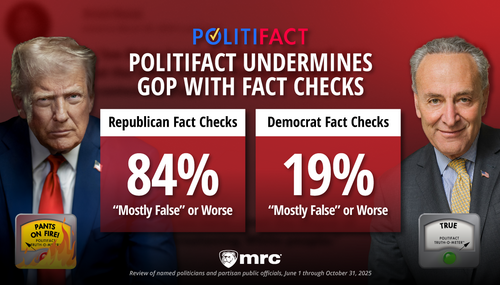Truth, it is said, is the first casualty in war. CACI International Inc. Chairman of the Board Jack London found that out the hard way. His company went to Iraq to help the war effort.
That commitment led employees to a war zone and to one of the biggest controversies of the war – Abu Ghraib. CACI (NYSE:CAI) was caught up in the ugly episode and unfairly accused of responsibility for mistreating prisoners at the facility. One of the common errors was linking one worker at the facility to CACI though he had never worked for the firm. London explained, “the daily roll of headlines implicating CACI had the effect of a malicious propaganda campaign,” even it though it wasn’t deliberate.
The incident evolved into four years of media misreporting and attacks. It was hard on CACI and its employees, but the result is a new book, “Our Good Name,” that can serve as a model for businessmen caught in the jaws of the major media.
“Our Good Name” (Regnery, 780 pages, $29.95) chronicles the 2004 Abu Ghraib reporting and how it quickly spun out of control as the result of a leaked Army report. It shows how journalists leveraged the one incident into an all-out barrage against the firm, using it as a proxy for the Iraq War. The book highlights some of the worst media excesses, as the company was called names from “Torture Profiteers” to “Hired Killers.”
London, a graduate of the U.S. Naval Academy, decided to fight back against the biased and poor reporting – what he described as “the management and public relations challenge of my career.” He marshaled resources to correct the seemingly endless mistakes and omissions. His goal: to set the record straight about the company. That’s what this book does in extensive detail.
It gets behind the scenes and shows, for example, how a major paper like The Washington Post devoted 1,400 words to an op-ed critical of CACI but never gave the company a fair chance to respond. To London and others at CACI, “the rejection was proof that the Post held some significant biases as well.”
But the Post wasn’t alone. London and his staff had to fight on many fronts. As the story evolved, left-wing think tanks, anti-war activists, politicians and pension funds all joined the fray. Even a left-wing documentary targeted the company.
Several investigations “clearly show from all the information available at the time and to date that no one associated with CACI participated in any behavior that remotely approached the kinds of heinous acts depicted in the Abu Ghraib abuse photos.” While the results were vindicating, they were hard-earned.
London turned his company’s nightmare into a detailed analysis of modern reporting, with references to other media fiascoes including the Atlanta Olympic bombing and the Duke lacrosse case. He pointed out that “because of the sensationalistic way journalism works, these ludicrous accusations received major press attention.”
The content is so extensive that the book even includes a timeline and some of the actual news releases sent out by CACI. One of the best sections is a list of the common reporting errors and the company’s response. Another section geared toward business readers is an explanation of “The CACI Hypercrisis Management Model.”
It is doubtful London’s book will get anything near the attention the original charges received, but it marks a new beginning for the company and opportunity for others to learn how to overcome almost overwhelming odds.





